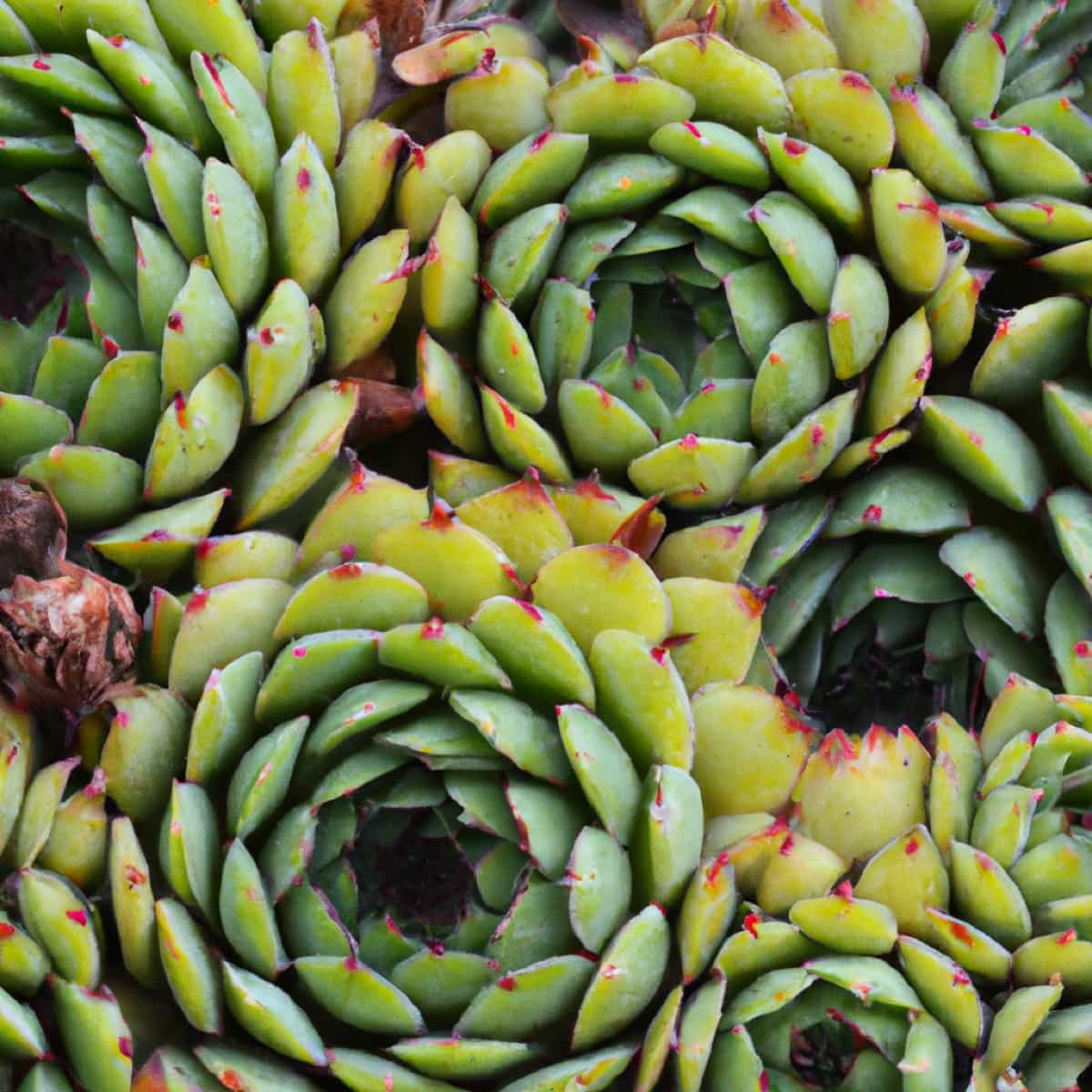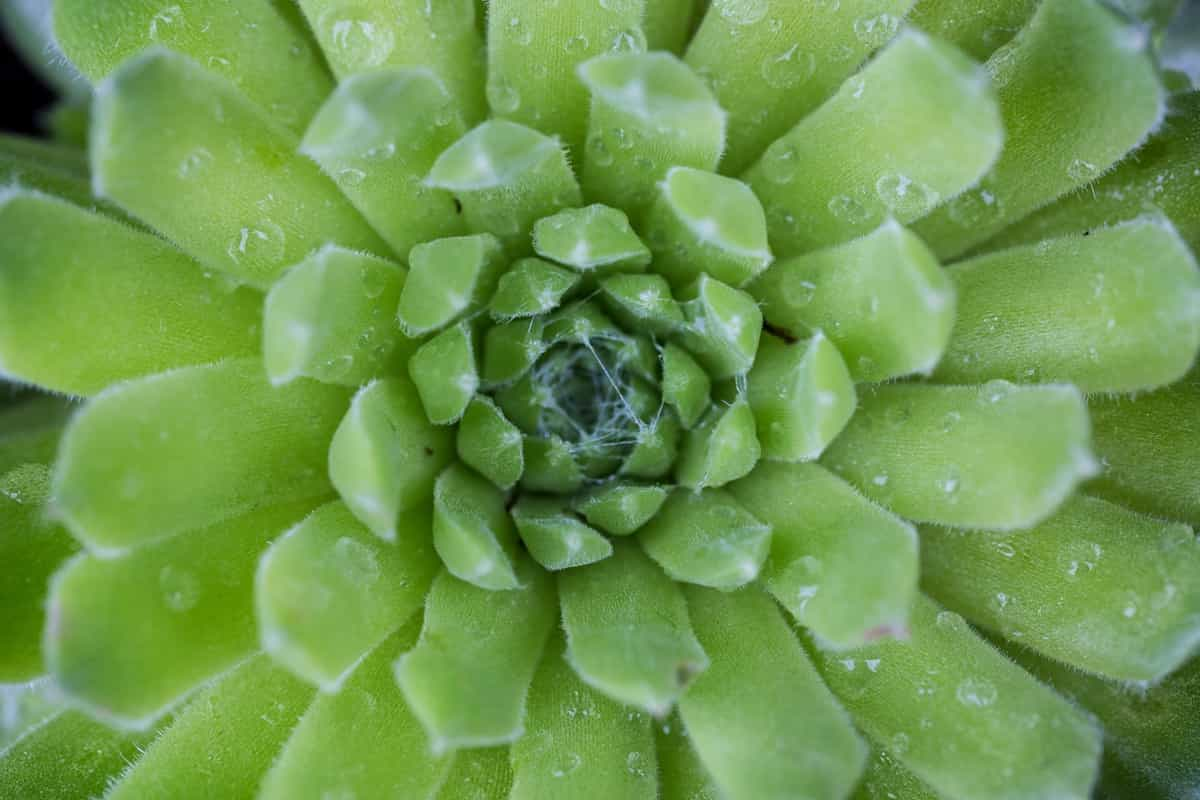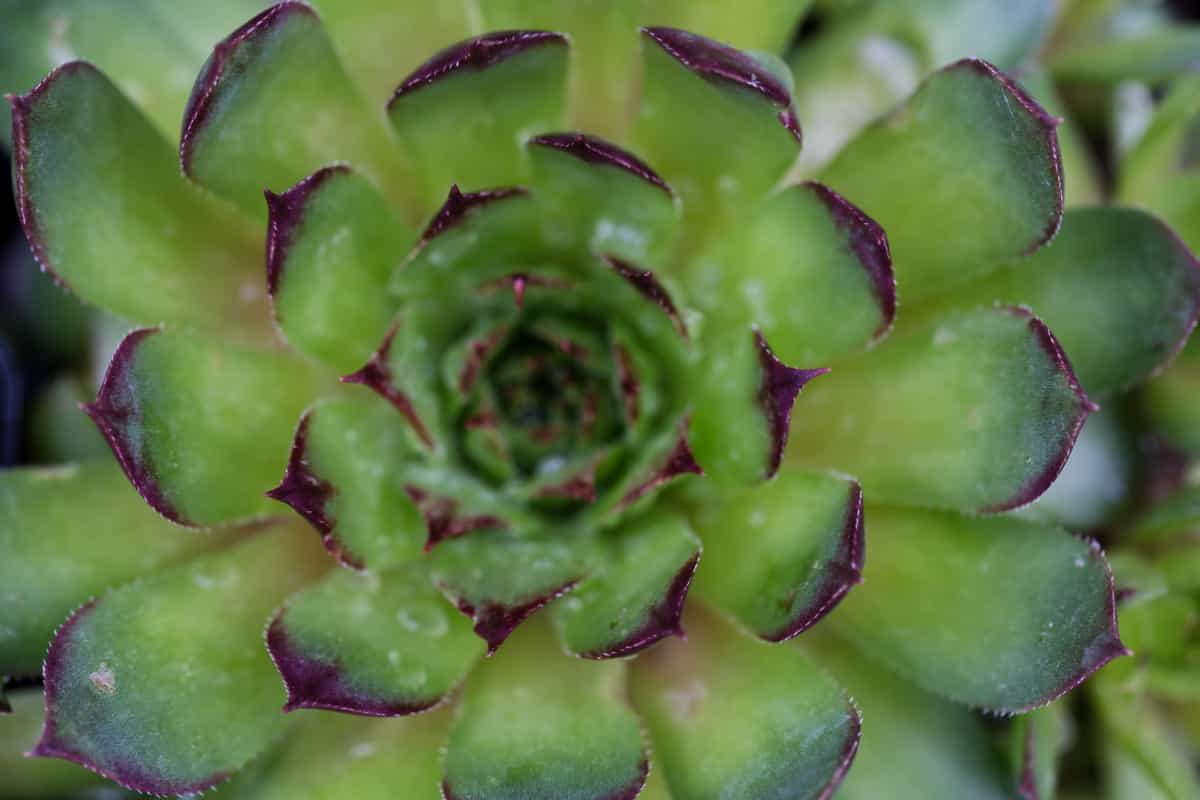Commonly known as hen and chick plants, these are beloved for their low maintenance requirements and ability to thrive in various environments. Despite their reputation for hardiness, they can still fall victim to several problems that may jeopardize their health and survival.

This article aims to provide solutions to ten common issues these plants face. Detailed insights and treatment options are discussed for each problem. The focus is on various issues including, but not limited to, drooping plants, white spots, dying plants, rotting issues, indoor care, underwatering browning, and pests.
9 Common Problems with Hens and Chicks Plants
Understanding Plant Drooping Issues
The first problem frequently troubles gardeners is when the Hen and Chick plant starts drooping. This often indicates that the plant isn’t receiving the required care or nutrients. Hen and chick plant drooping can be caused by both overwatering and underwatering. Overwatering leads to waterlogged soil and poor oxygenation, leading to drooping. On the other hand, underwatering causes the plant to lack the necessary hydration to maintain its structure, leading to wilting. To rectify this, one must maintain a balanced watering routine.
Dealing with White Spots
The appearance of white spots on hens and chick plants can be alarming. It usually indicates a fungal infection caused by overwatering or high humidity levels. The solution lies in reducing the water and ensuring good air circulation around the plant. If the spots persist, a fungicide can be applied as a last resort. However, it is important to apply it cautiously, following the manufacturer’s instructions, and to isolate the infected plant to prevent spreading the fungus to other plants.
Rescuing a Dying Plant
The thought of how to save a dying hen and chick plant can be daunting. However, recognizing the symptoms and identifying the cause early can make a significant difference. Dying plants often exhibit signs such as browning, drooping, or rotting. The best approach to save a dying plant depends on the underlying issue. If it’s due to overwatering or poor drainage, rectify the watering schedule, and improve the drainage. Removing the infested parts or using a non-toxic pesticide can prove effective for a plant infested by pests.
Handling Plant Rotting
Another prevalent issue is hens and chicks rotting, often due to overwatering or poorly draining soil. When the plant roots stay in water for prolonged periods, they become susceptible to root rot, leading to the whole plant’s decay. To treat this, remove the rotted parts of the plant, and let the healthy parts dry out. Please transplant the plant into new soil that has proper drainage, and exercise caution to avoid excessive watering moving forward.
In case you missed it: How to Treat Powdery Mildew in Tomato Plants: A Comprehensive Identification and Control Guide

Indoor Plant Care
Growing a hen and chick plant indoors poses its unique set of challenges. Insufficient light is the primary concern, as these plants are naturally sun-loving. Indoor plants need at least six hours of bright, indirect sunlight daily. If natural light isn’t available, grow lights can be a great alternative. Regularly rotate the plant to ensure all parts get exposed to the light source. Additionally, indoor plants often suffer from overwatering as the water doesn’t evaporate as quickly indoors. Water less frequently and ensure proper drainage to keep the plant healthy.
Managing Underwatered Plants
While these plants are drought-resistant, underwatered hens and chicks can still suffer. An underwatered plant might exhibit shriveling, browning, or drooping signs. The solution is straightforward: increase the frequency of watering. However, avoid overcompensating and causing waterlogging. A slow increase in the watering routine is the best way to ensure the plant adapts to the new watering schedule.
Addressing Plant Browning Issues
A frequently asked question among plant owners is – why are my hen and chicks turning brown? Browning can be a symptom of several problems, including underwatering, overwatering, excessive sun exposure, or even a nutrient deficiency. Depending on the underlying cause, the solution can vary.
If the browning is due to underwatering, the plant requires more frequent watering. You must adjust the watering schedule or improve the soil’s drainage if it’s due to overwatering or poor drainage. Providing some shade for plants exposed to excessive sun, particularly during the hottest part of the day, can help. Lastly, if the cause is a nutrient deficiency, applying a balanced, slow-release fertilizer should solve the problem.
Troubleshooting Pests and Predators
The question, “What is eating my hens and chicks plant?” is common. These plants can attract various pests, including aphids, mealybugs, and slugs. Aphids and mealybugs can be dealt with using a mild soap solution or a non-toxic insecticide. Conversely, Slugs can be picked off by hand, or you can use slug baits or traps. However, remember that these methods should only be used as a last resort, and the primary focus should always be on maintaining a healthy environment to prevent pest infestations in the first place.
Emphasizing Plant Propagation
One final aspect that deserves attention when caring for hen and chick plants is propagation. These plants naturally produce offsets or ‘chicks,’ which can be carefully separated and replanted. If a mother ‘hen’ plant faces severe issues, you can propagate the healthy ‘chicks’ to save your plant collection.
This provides an insurance policy against losing your plants to disease or pests and helps expand your garden. Always ensure that the chicks are planted in well-draining soil and given sufficient light, similar to the parent plant, to ensure their survival and growth. This process is an excellent way to manage problems and multiply your plant family.
In case you missed it: How to Grow and Care for Yarrow: Planting Instructions for Best Blooms

Conclusion
Hen and chick plants are generally low maintenance but can still face several problems. Drooping can be fixed by maintaining a balanced watering schedule, white spots due to fungus can be managed by reducing watering and using fungicides if necessary, dying plants can often be saved if the cause is identified early, and rotting can be avoided by improving drainage. For indoor plants, ensuring sufficient light and avoiding overwatering is key.
Underwatering and browning can be managed by adjusting the watering routine or providing shade in case of excessive sun exposure. Finally, pests can be managed through various methods, including using mild soap solutions, non-toxic insecticides, or slug baits. However, the best approach is to prevent pest infestations by maintaining a healthy environment. Hen and chick plants can be saved from these common problems and thrive in your garden or indoor space with careful observation and the right care.
- Feed Your Flock for Less: Top 10 Tips to Save on Chicken Feed
- Ultimate Guide to Ossabaw Island Hog: Breeding, Raising, Diet, and Care
- Hatching Answers: The Top 10 Reasons Your Chickens Aren’t Laying Eggs
- Eggs and Economics: Breaking Down the Cost of Raising Backyard Chickens
- Defend Your Greens: Proven Methods to Keep Iguanas Out of Your Garden
- Ultimate Guide to Cinnamon Queen Chicken: A Comprehensive Guide for Beginners
- Ultimate Guide to California Tan Chicken: Breeding, Raising, Diet, Egg-Production and Care
- Ultimate Guide to Marsh Daisy Chicken: Breeding, Raising, Diet, and Care
- 10 Types of Chicken Farming Businesses You Can Start for Profits